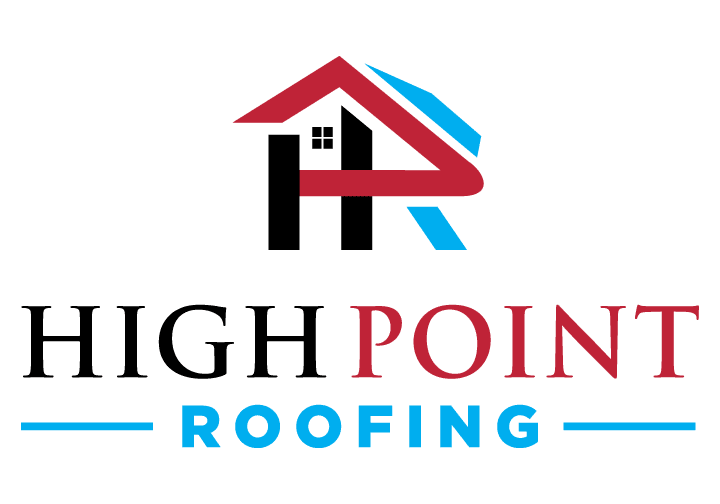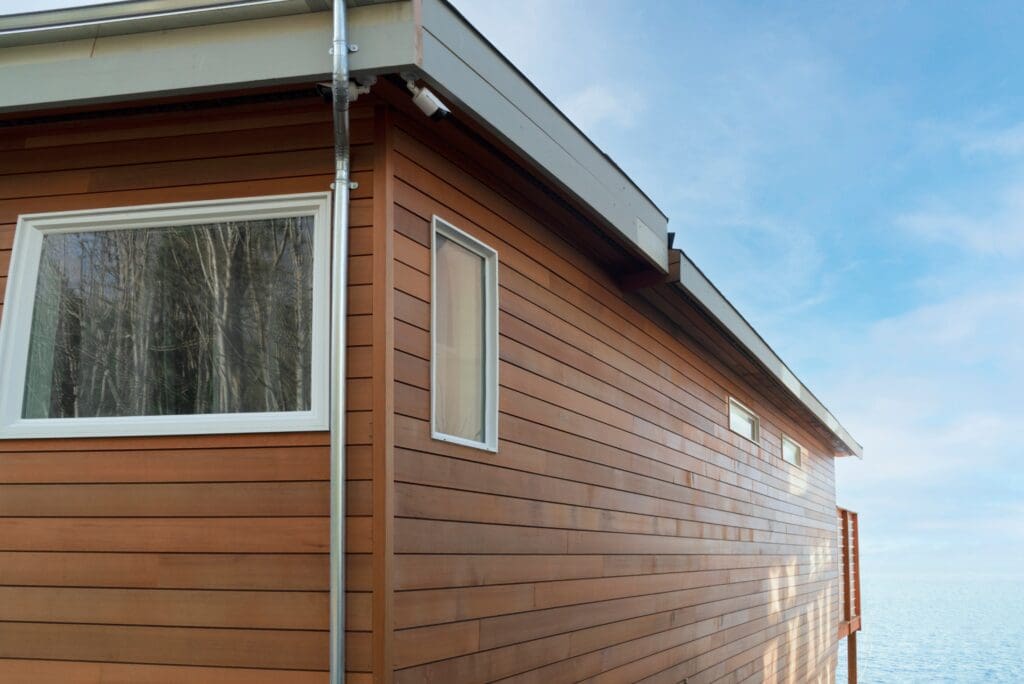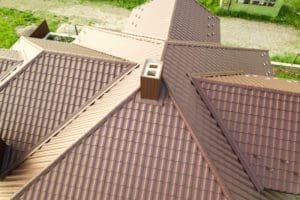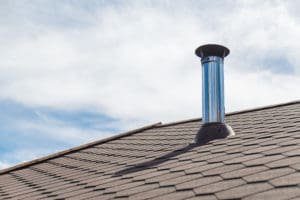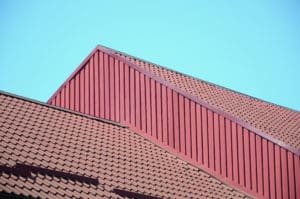Understanding the Role of Insulation in Siding: Why Energy Efficiency Matters
At High Point Roofing, we understand that insulation is not just about keeping your home cozy; it’s about maximizing energy efficiency and comfort. In this article, we’ll explore the pivotal role of insulation in siding and its direct connection to energy efficiency. With this knowledge, homeowners can make informed decisions to enhance the comfort and cost-effectiveness of their homes using our expert roofing services.
Siding Insulation: The Foundation of Energy Efficiency
Before we delve into the specifics, let’s establish the basics. Insulation, in the context of siding, refers to the incorporation of insulating materials within the layers of your siding system. It’s the magic behind keeping your home comfortable year-round. But what makes insulation so effective?
Insulation operates by slowing down the transfer of heat through three key processes: conduction, convection, and radiation. These processes describe how heat moves from warmer areas to cooler ones.
Conduction is the transfer of heat through direct contact between objects or substances. Insulation in siding employs materials with low thermal conductivity, such as foam boards or fiberglass, to impede the flow of heat. These materials contain tiny air pockets that trap air and create barriers that hinder heat transfer.
Convection, in the context of insulation in siding, involves preventing air movement within walls. Insulating materials, like spray foam insulation, establish a barrier that reduces air leakage and minimizes convective heat transfer.
Radiation, the third process, is the transfer of heat through electromagnetic waves. Siding insulation also addresses radiant heat transfer. Reflective barriers, like foil-faced insulation, are installed to reflect radiant heat away from the building, keeping it cooler during hot weather.
Choosing the Right Insulation
Selecting the right insulation for your siding is crucial. Factors such as your local climate, desired energy efficiency level, and budget all influence the choice of insulation material. Here are some common options:
- Fiberglass insulation is popular due to its affordability and ease of installation. It consists of tiny glass fibers that trap air, providing effective thermal resistance.
- Cellulose insulation, crafted from recycled paper products, is an eco-friendly choice that offers solid thermal performance.
- Foam boards, such as expanded polystyrene (EPS) or extruded polystyrene (XPS), provide excellent insulation and moisture resistance. They often complement other siding materials to enhance energy efficiency.
- Spray foam insulation, applied as a liquid that expands and hardens, can fill gaps and crevices, creating a seamless insulation layer.
Insulation in siding doesn’t just boost energy efficiency; it also enhances the overall comfort of your home. By reducing heat transfer, it maintains a consistent indoor temperature, reducing the need for excessive heating or cooling. Additionally, insulation can contribute to noise reduction, creating a quieter living environment.
In conclusion, siding insulation is the cornerstone of an energy-efficient and comfortable home. Understanding the science behind insulation and the various materials available empowers homeowners to make informed choices for their siding projects. When you choose High Point Roofing, you’re choosing a partner dedicated to improving your home’s energy efficiency and comfort through expert roofing services.
Elevating Energy Efficiency for a Greener Tomorrow
Energy efficiency isn’t just about personal comfort; it’s a responsibility we all share towards our environment. Reducing energy consumption and minimizing our carbon footprint are now more critical than ever. One highly effective way to achieve this is by enhancing the insulation in our homes.
Insulation plays a pivotal role in boosting energy efficiency by reducing the energy needed to heat and cool our homes. When properly insulated, a home requires significantly less energy to maintain a comfortable indoor temperature. This not only results in lower utility bills but also elevates the overall comfort of our living spaces.
Well-installed insulation acts as a barrier, preserving the energy used for heating or cooling a home. This means that indoor temperatures remain stable for longer, even in extreme weather conditions. As a result, homeowners can reduce their dependence on heating and cooling systems, leading to lower energy consumption and cost savings.
Beyond personal benefits, energy-efficient homes also contribute to a healthier environment. By decreasing energy consumption, we reduce the demand for fossil fuels, major contributors to greenhouse gas emissions. This, in turn, helps combat climate change and preserves our planet for future generations.
Enhanced indoor air quality is another advantage of energy-efficient homes. Proper insulation seals gaps and cracks that could allow outdoor pollutants to enter. This leads to a healthier living environment with fewer allergens, dust, and other contaminants in the air.
Furthermore, energy efficiency can increase property value. With the growing emphasis on sustainability and environmental consciousness, homebuyers are increasingly seeking energy-efficient properties. By investing in energy-efficient upgrades, homeowners not only enjoy reduced energy consumption but also potentially increase the resale value of their homes.
In summary, energy efficiency is paramount for homeowners and the environment alike. Improving insulation in our homes significantly reduces energy consumption, resulting in lower utility bills and improved overall comfort. Additionally, energy-efficient homes contribute to a healthier environment, enhanced indoor air quality, and increased property value. Prioritizing energy efficiency and taking steps towards a sustainable future is a responsibility we all share.
Exploring Insulation Types for Siding
Enhancing energy efficiency through siding insulation involves choosing the right insulation type for your home. Here are some options:
- Fiberglass Insulation: Affordable and easy to install, fiberglass insulation consists of tiny glass fibers sealed within your siding. It effectively traps air and provides solid thermal resistance.
- Spray Foam Insulation: Known for its superior air-sealing capabilities, spray foam insulation starts as a liquid and quickly hardens into a solid, efficiently sealing gaps within your siding.
- Reflective or Radiant Barrier Insulation: Ideal for areas with intense sunlight, this insulation type reflects heat away from your home, helping it stay cooler during warm weather.
Insulation’s Role in Different Climates
Insulation is a versatile solution, adapting to various climates. In colder climates, siding insulation maintains indoor warmth by preventing heat loss. It acts as a barrier against the cold outside air, improving energy efficiency and reducing heating costs.
In warmer climates, insulation serves as a shield, preventing heat from entering your home. By reducing the transfer of external heat, it keeps the interior cool, reducing the need for air conditioning and leading to lower energy consumption and cost savings.
Selecting the Perfect Insulation for Your Home
When choosing insulation for your siding, consider factors such as the insulation’s R-value (a measure of its thermal resistance), cost, ease of installation, and compatibility with your siding material. Consulting with insulation professionals can help assess your home’s unique needs and recommend the most suitable options.
Additionally, performing a cost-benefit analysis is crucial when selecting insulation. While some materials may have higher upfront costs, the long-term energy savings often outweigh the initial investment.
In conclusion, the role of insulation in the siding of your home can’t be understated as it can significantly impact your home’s energy efficiency, utility bills, and overall sustainability. High Point Roofing is your partner in selecting and installing the ideal insulation for your siding, ensuring your home is both comfortable and energy-efficient.
